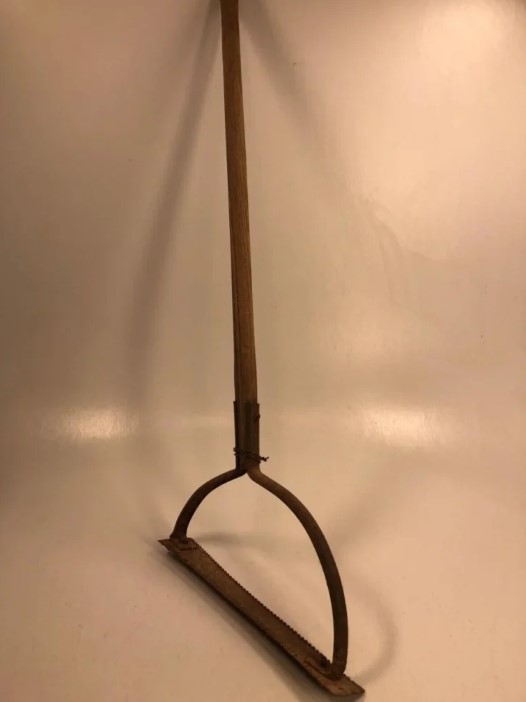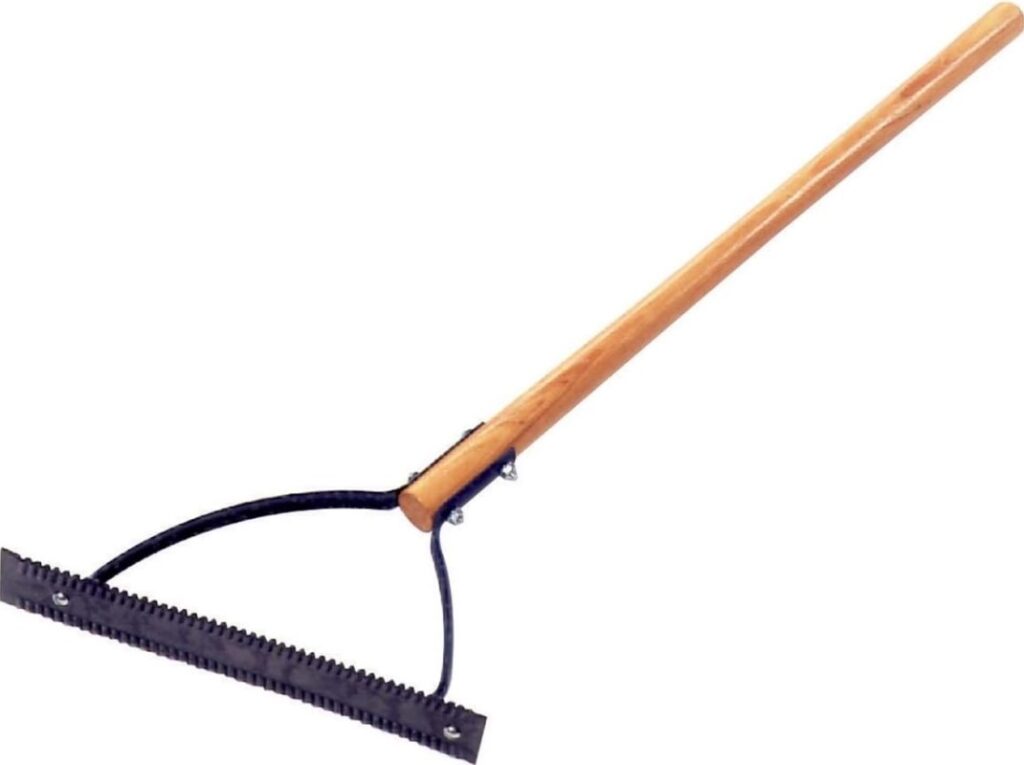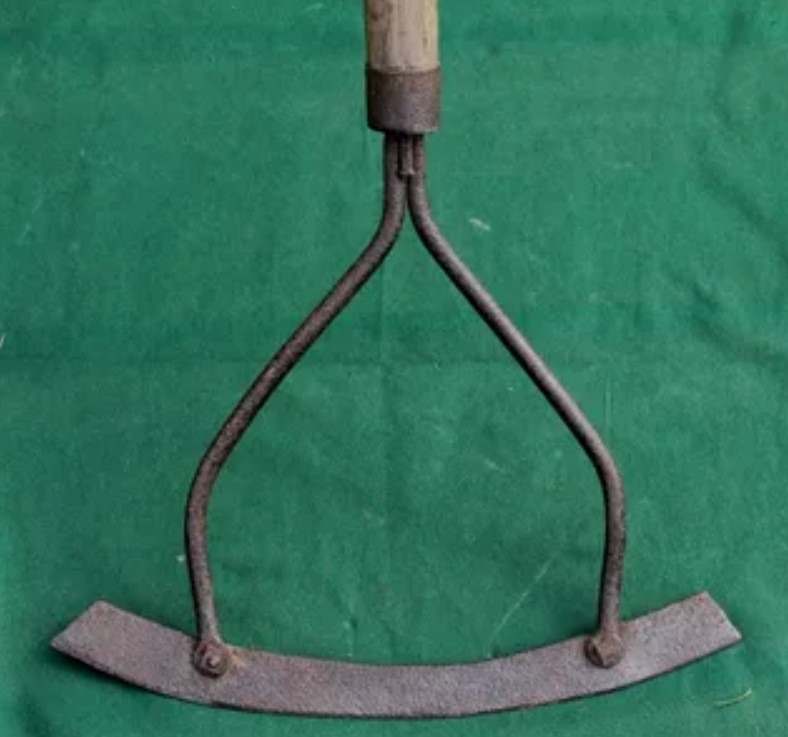In a world where smart technologies and automated gardening systems dominate the landscape, there exists a nostalgic allure to the simplicity and tangible connection offered by traditional hand tools in home maintenance. Among these cherished implements stands the manual edger, often overlooked yet holding an undeniable charm that beckons homeowners to rediscover its virtues.
The Timeless Appeal of the Manual Edger
The manual edger, also known as a step edger or half-moon edger, is a relic from an era when weekend yard work was as customary as Sunday dinner. Its design is elegantly simple: a T-shaped tool featuring a serrated semi-circular blade affixed to a wooden handle approximately three feet in length. Crafted from robust metals like iron or steel, this blade not only lends the manual edger its distinctive shape but also its symbolic significance.
The Ritual of Yard Maintenance

In the hands of a dedicated gardener, the manual edger becomes more than just a tool—it becomes an extension of oneself. The process of edging is rhythmic and almost meditative: positioning the half-moon blade against the turf’s edge, exerting a firm step to slice through the grass, and then withdrawing to reveal a crisp line. It’s a physical endeavor that demands balance and precision, offering a tactile experience unmatched by any machine.
Beyond its practical functionality, the allure of the manual edger lies in its ability to foster a genuine connection with the physicality of home improvement. There’s a profound sense of achievement derived from tending to one’s lawn and garden. The sweat on one’s brow and the dirt under their fingernails become symbols of dedication and care invested in the land.
A Retreat from the Digital Realm

Amidst a society increasingly drawn to mindfulness and a retreat from the digital realm, the manual edger provides a means of escape. It offers an opportunity to disconnect, relish the outdoors, and interact with the environment in a manner that is both productive and rejuvenating. The rhythmic motion of edging can serve as a therapeutic exercise, allowing thoughts to flow freely amid the satisfying sound of blade meeting soil.
Environmental Sustainability
In terms of environmental impact, the manual edger stands as a beacon of sustainability. Unlike gas or electric counterparts, it generates no emissions, operates silently, and relies solely on human energy. It’s a conscientious choice for environmentally-minded homeowners seeking to reduce their carbon footprint.
Enduring Quality and Longevity
With its durable construction, the manual edger boasts longevity, often surpassing modern alternatives. Its weathered handle and aged blade serve not just as signs of wear but as testaments to the countless hours of labor and care they’ve facilitated. These tools are not disposable; they are enduring, capable of being maintained, repaired, and handed down through generations.
Embracing Time-Honored Methods
The manual edger encapsulates the allure of embracing time-honored methods, of engaging with the land and honoring the rhythms of nature. It serves as a reminder that not all progress needs to hinge on technology. Sometimes, the most fulfilling endeavors are those undertaken with our hands, utilizing tools that demand nothing more than human strength and dedication. Amidst the push towards automation, it’s essential to cherish the value and satisfaction derived from physical labor—the manual edger stands as a symbol of that enduring legacy.
The manual edger represents more than just a tool for yard maintenance—it symbolizes a connection to tradition, a retreat from the digital realm, and a commitment to environmental sustainability. As homeowners seek to rediscover the simple pleasures of manual labor and engage more deeply with their outdoor spaces, the manual edger stands ready to reclaim its rightful place as an indispensable tool in the modern home. So let us embrace the timeless charm of the manual edger, and in doing so, rediscover the profound satisfaction of working with our hands to shape and nurture the world around us.








